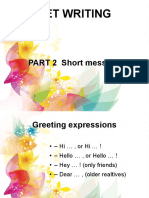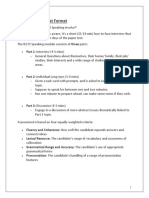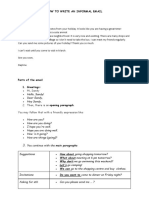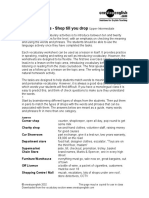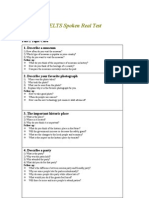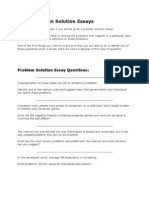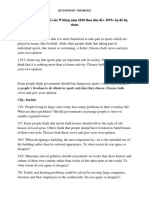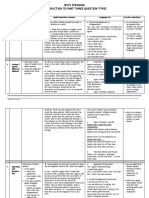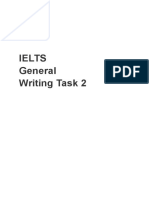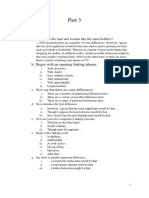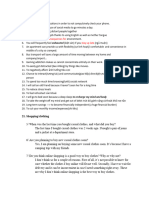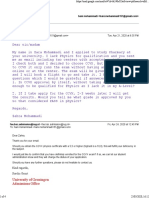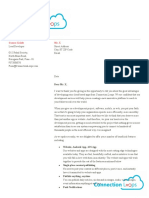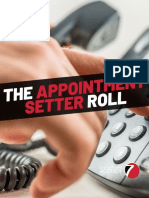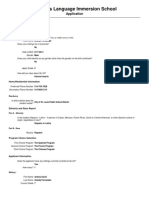0% found this document useful (0 votes)
260 views6 pagesEmail Writing: Formal vs. Informal
This document provides guidance on writing both formal and informal emails effectively. It discusses the differences between formal and informal emails in terms of recipients, tone, greetings/closings, and subject lines. The document then outlines a seven-step process for writing emails: 1) consider your audience, 2) create a subject line, 3) include a greeting, 4) provide context, 5) write a brief message, 6) add a call to action, and 7) choose a closing. It also provides templates and examples for both informal and formal emails.
Uploaded by
mohammaditamana25Copyright
© © All Rights Reserved
We take content rights seriously. If you suspect this is your content, claim it here.
Available Formats
Download as PDF, TXT or read online on Scribd
0% found this document useful (0 votes)
260 views6 pagesEmail Writing: Formal vs. Informal
This document provides guidance on writing both formal and informal emails effectively. It discusses the differences between formal and informal emails in terms of recipients, tone, greetings/closings, and subject lines. The document then outlines a seven-step process for writing emails: 1) consider your audience, 2) create a subject line, 3) include a greeting, 4) provide context, 5) write a brief message, 6) add a call to action, and 7) choose a closing. It also provides templates and examples for both informal and formal emails.
Uploaded by
mohammaditamana25Copyright
© © All Rights Reserved
We take content rights seriously. If you suspect this is your content, claim it here.
Available Formats
Download as PDF, TXT or read online on Scribd
/ 6

